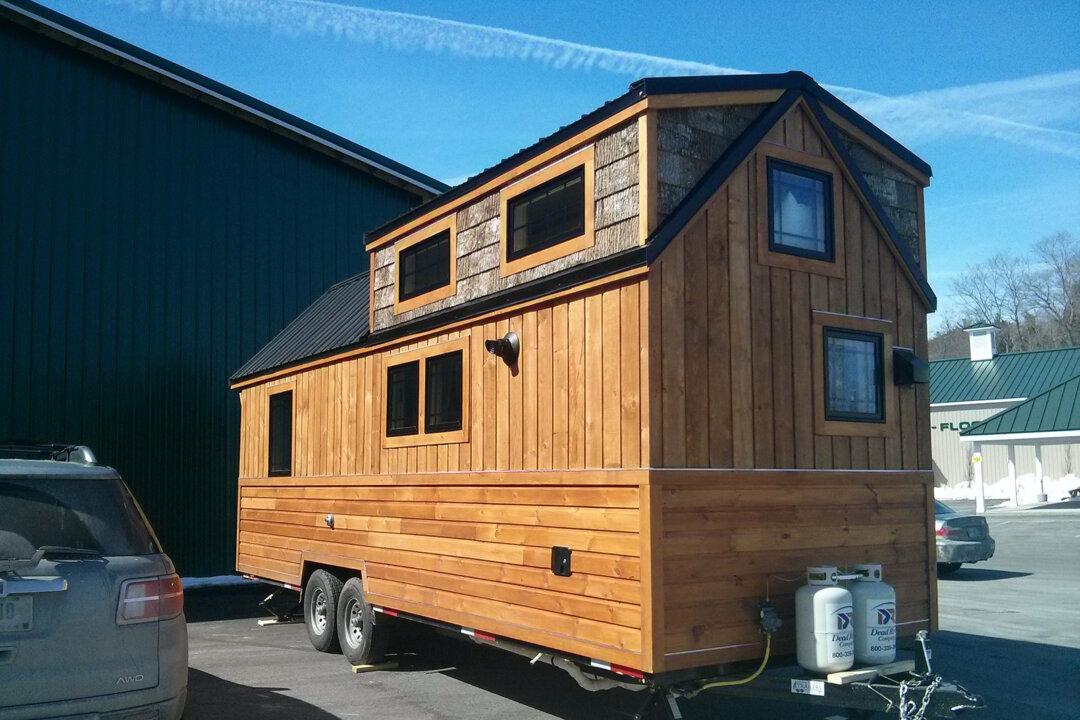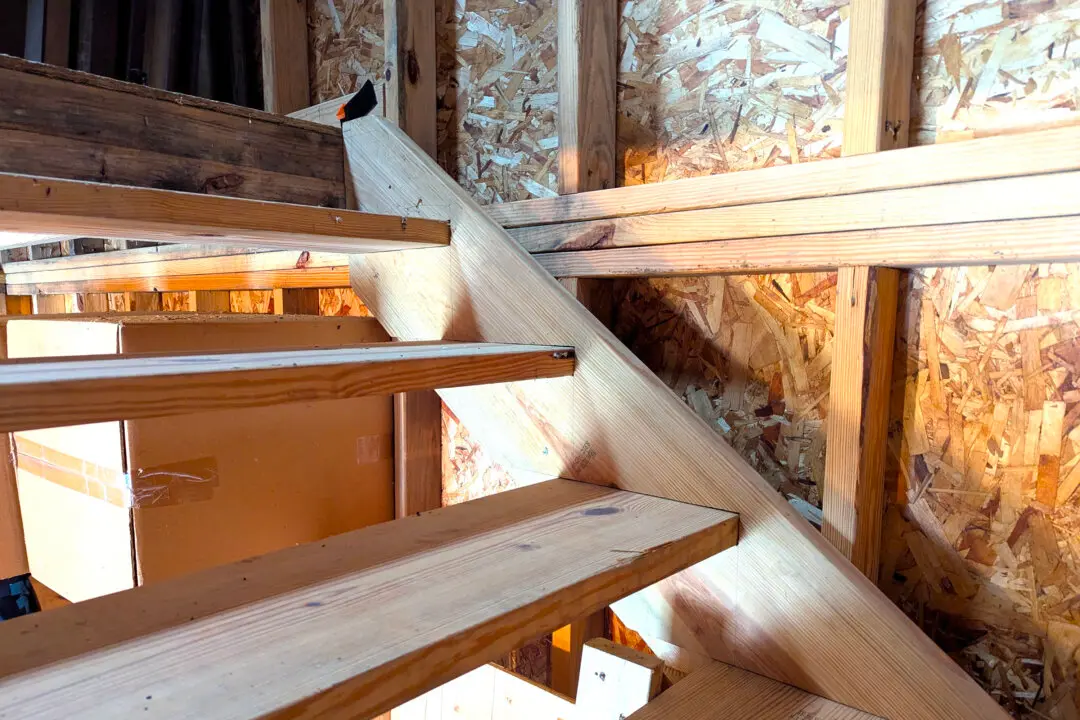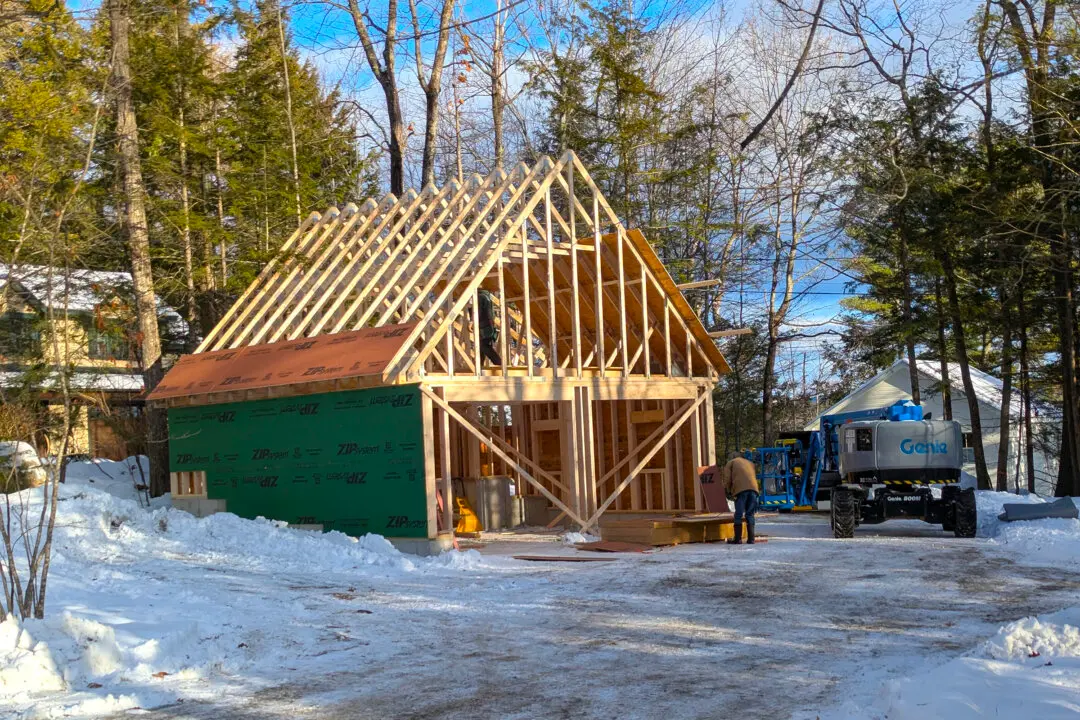I live in central New Hampshire on the west shore of Lake Winnisquam. This is the third-largest lake in the state. I kayak on the crystal-clear water as often as possible. The state owns the 7.2 square miles of water, but citizens own any islands that dot the lake.
Due east of my boat dock is a very small island that is less than 2,000 square feet in size. It’s about 50 feet in diameter. On this island is a tiny house. Several years ago, I was kayaking on a glorious summer day and saw the owners outside eating lunch sitting at a picnic table near their dock.





